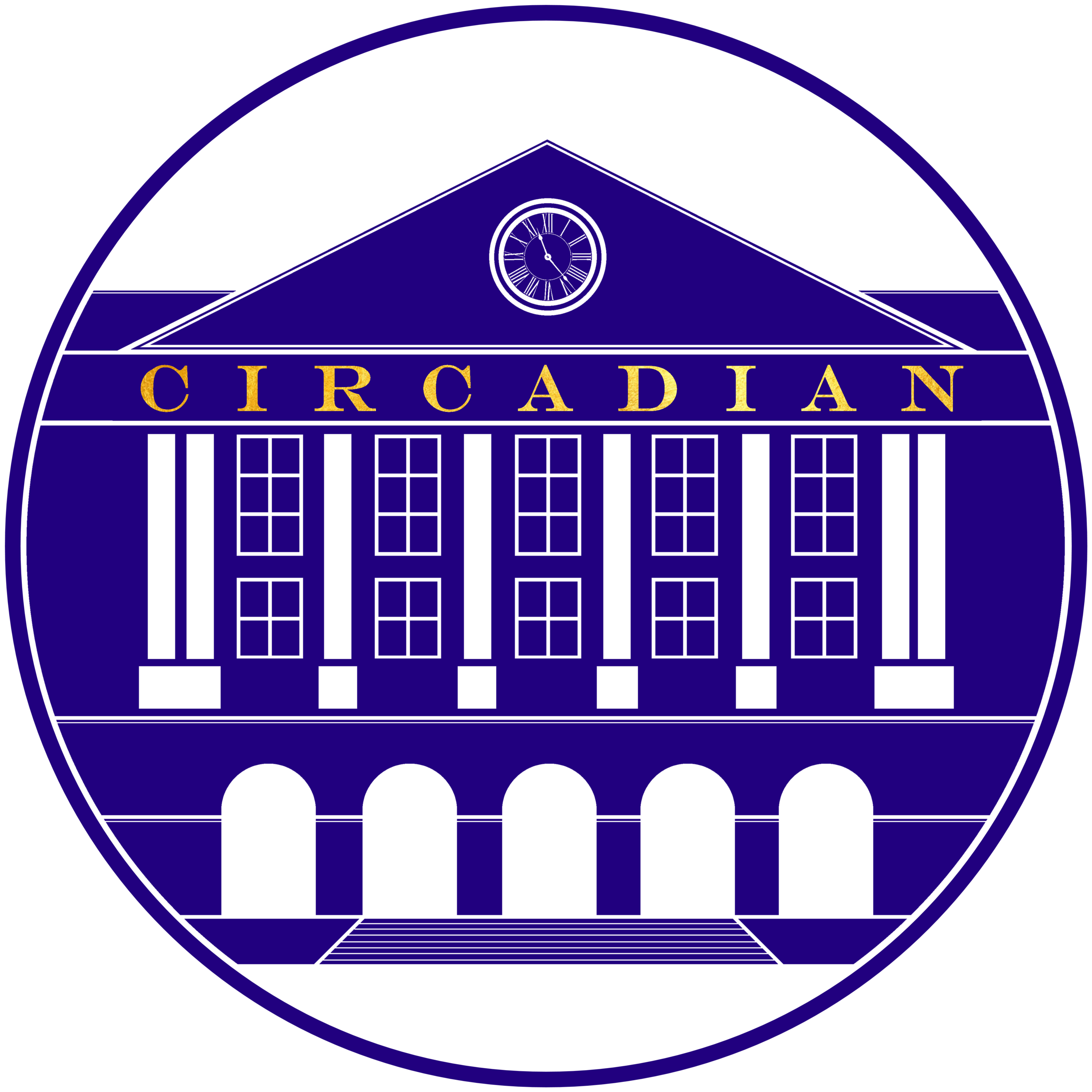The Painful Truth
Pain categorises itself into two general categories, physical and mental. Whether it is the pain you feel when you step on a lego, or if it’s pain you feel after a breakup, pain is something that is felt, and not usually measured.
In the field of Neuroscience, defining pain and how we treat it remains, for the most part, a mystery. One thing is certain however, pain has a purpose: self-preservation. Interaction with a painful stimulus will signal the brain that the body is in danger and therefore the body must elicit a reaction in order to survive. However, if pain persists with the absence of the stimulus, then it becomes problematic. Chronic pain, such as long-term back pain, is ubiquitous throughout the world. Pharmaceuticals are typically used to suppress these signals to ease pain, but new research suggests that by interacting with the body’s own systems – the ascending and descending pathways – can be amplified to reduce pain organically and with minimal side effects.
Pain is sensed by sensory neurons called nociceptors. Nociceptors respond to external stimuli by producing electrical signals that will be routed to axons, which are found within nerve fibres that relay this signal to the spinal cord. Pain is transmitted within nerve fibres called A∂- and C-fibres. Such that the former has thin sheaths and senses quick, acute pain signals, while the latter is without sheaths and senses slow pain (e.g. heat, burns, and dull aches). The activation of these receptors and fibres is a result of multiple “pain gates,” including the sodium channel Nav1.7. This regulates the passage of sodium ions into the axons, which can cause pain. Obstruction of this gate with molecules via drugs or gene therapy may allow doctors to tailor pain therapies and treatments to their patients.
Once the painful stimulus reaches the spinal cord, it is then projected to various areas of the brain. The somatosensory cortex is activated and helps to identify the location of the pain, while the anterior cortex can trigger an emotional response to it. Ultimately, the brain will process and send out its commands to the spinal cord resulting in the brake of ascending signals in the dorsal horn and periaqueductal gray to dampen down the pain signals.
Current treatments for chronic pain (i.e. long-term and often worsening with time) involve opioids. Opioids typically work by binding to a protein on the surface of nerve cells called the mu-opioid receptor, causing it to interact with other proteins. For example, morphine will bind to a mu-opioid receptor resulting in an increase in potassium conductance and decrease in calcium conductance, causing decreased excitability and release of neurotransmitters, thereby blunting the painful stimulus. However, while the action of these drugs will alleviate pain, its communication with other proteins results in pleasurable feelings. Additionally, the body develops a tolerance to these drugs, meaning that higher doses are required to not only alleviate pain, but to trigger the sense of euphoria that accompanies this analgesic. Consequently, continuous use of opioids can lead to addiction.
Hence, alternative therapies such as gene therapy or drugs that target the Nav1.7 channels are favoured. Usually, gene therapy involves a number of genetic loci. However, in the case of Jo Cameron, two genes responsible for her absence of pain were identified. The 66-year old Scottish woman did not require any form of analgesic following surgery for arthritis in her hand. Growing up, Cameron would frequently discover bruises around her arms and legs. When she was nine, she had broken her arm and did not realise until three days later when her mother noticed discolouration and swelling. Even during her two pregnancies, Cameron did not feel any pain during delivery. It was discovered that two neighbouring genes called, FAAH and FAAH-OUT were mutated, thereby reducing the breakdown of anandamide, a neurotransmitter providing relief of pain. As a result, Cameron has an excess of this neurotransmitter, protecting her from feeling any pain. Similarly, a handful of children from the same clan in Pakistan were also found to be resistant to pain. These children were street performers who would make a living by stabbing themselves and walking over hot coal without eliciting a single reaction. It was found that these children had a mutation in a gene called SCN9A, which is known to be involved with pain signalling. It is believed that this gene yielded malformed versions of the Nav1.7 protein, preventing the entry of sodium ions into the cell. A different mutation to what Jo Cameron had, but yielding the same outcome.
Would future treatments therefore involve mutating the genes found in both cases? The answer is no, it is unlikely as pain is still an essential part of living a long and healthy life. Nevertheless, developing drugs that can reduce the breakdown of anandamide or Nav1.7 blockers is something that can be used in the near future. Other therapies include deep brain stimulation (DBS) in targeting the emotional centres of pain. A study from trial at the Cleveland Clinic used DBS to target this emotional centre in 10 patients who had chronic neuropathic pain following stroke. Tiny electrodes would be implanted in the part of the brain involved with processing emotions. These electrodes would be wired to an electronic device in the chest and deliver mild shocks to the implantation site at a rate of nearly 200 a second. Research in this field demonstrated promising results with improvements in patients’ quality of life, wellbeing, and independence. Virtual Reality (VR) is another avenue for pain management. A study from the University of Maryland demonstrated that the use of VR eases patients’ pain and improves mood and anxiety when relaxing images are displayed.
Although research is still in its infancy, the search for safe and effective treatments remains within the reach, each day exciting new discoveries are being made, making the journey to eradicating chronic pain an exciting endeavour.






